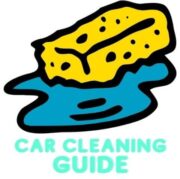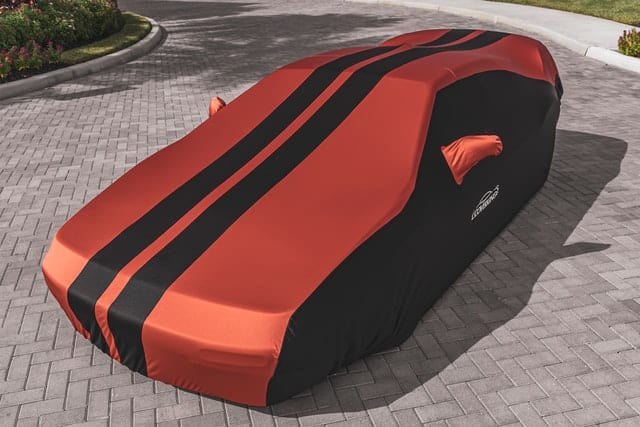Last Updated on July 5, 2021 by Ron Barkley
A car cover is a nice way to protect the paint job as long as you get the right one. Car covers often get a bad rep because people misuse them.
The thing with car covers is that you have to get a model with the right protection features and the right size. So, car covers offer excellent protection for your car both indoors and outdoors.
All you have to do is get the right model. Hence the question: What type of car should I choose? Here is a beginner’s guide to choosing a car cover.
| Parking Area | Local Weather | Recommended Features |
|---|---|---|
| Indoor | Sunny/Cold/Rainy | - Dust Build-up Protection - Breathable Fabric - Ding Protection - Fleece Liner - Easy To Store |
| Outdoor | Sunny | - UV Protection - Ding Protection - Tree & Bird Droppings Protection - Breathable Fabric - Fleece Lining |
| Outdoor | Cold | - Snow Protection - Mildew Resistant - Rain Resistant - Breathable Fabric - Tight Fit - Ding Resistant - Tree Droppings Protection |
| Outdoor | Rainy | - Water Resistant - Rain Protection - Heavy Winds Protection - Ding Protection - Tree Droppings Protection - Breathable Fabric |
Quick Navigation
Types Of Car Covers
The first and most important thing to know is the two types of car covers. There are car covers for vehicles parked inside, and car covers for outdoor storage. How the covers are designed and what cover materials are used depends widely on this.
Indoor Car Covers
These covers are designed specifically for indoor storage, usually for vehicles parked in a garage. That’s why all indoor covers are more or less the same. The paint is exposed to two types of danger while parked in a garage.
There’s the dust build-up which can be pretty bad for the paint. Secondly, most garages are not that well-ventilated, so moisture builds up. Not to mention, some people have mold growing in the garage.
And, another thing, which is really situational. How much movement there is in your garage? Do your kids go and knock around stuff? Is there something heavy that may fall on the car? That’s why some indoor models have ding protection too.
To sum up, indoor covers are for vehicles parked inside. The features they offer are breathable fabric, dust protection, and ding protection.
Outdoor Car Cover
The other type of cover, outdoor cover. As the name suggests, designed for outdoor storage. Obviously, there are a lot more dangers that the car is exposed to while parked outdoors.
Vehicles parked in the street can be scratched up. If the parking place is under a tree, leaves and bird droppings will ruin your paint.
The sun gets pretty bad sometimes, the UV rays may be the worst enemy of the paint job. Rain can mess up the paint too, there’s toxic rain. Heavy rains can cause dents. So, the cover protects the vehicle from rain.
In colder climates, snow and cold weather can cause corrosion and rust damage. There is a layer of protection for each of these cases.
For a sunny climate, there’s UV protection, and tree & bird droppings protection. It depends on the local weather, some people also buy a cover that is water resistant as well. Snow protection and heavy winds protection for a colder climate.
Basically, outdoor covers offer multiple layers of protection depending on the weather they are designed for.
Important Features For A Car Cover
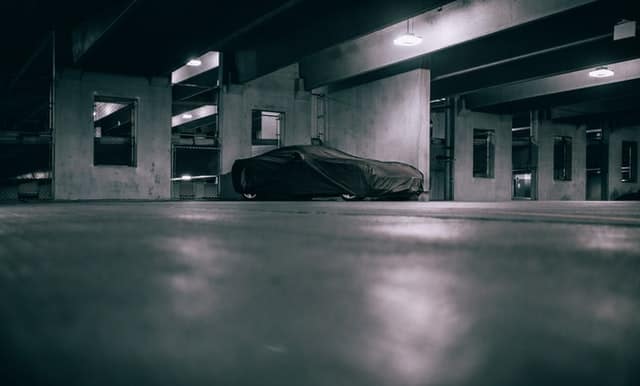
We already mentioned some features here and there. Here, let’s take a look at the most important features and explain them.
Fleece Lining
Nowadays, this is an industry standard. The fleece lining makes sure the cover is easy and nice of the paint finish. The cover has to cover the entire car. Usually, this means the fabric may be too hard on the paint.
With a fleece lining, any danger of the actual fabric damaging the car is removed. This is crucial for brand-new cars. You don’t want to lose that nice finish, so a fleece lining is a must.
As I said, almost every cover has a fleece lining. I don’t know about universal covers though. A universal cover is usually really cheap so it makes sense if you see one without fleece.
Custom Fit
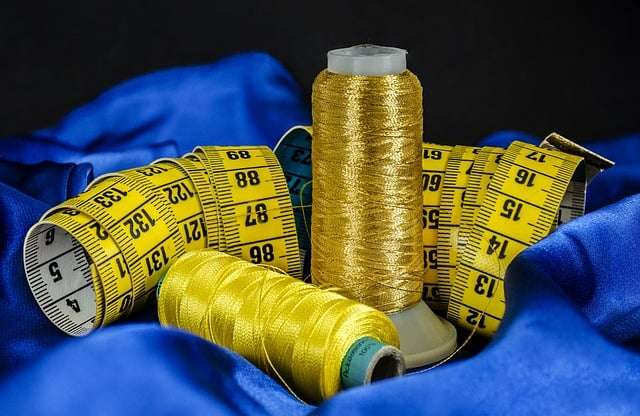
This is the most important thing if you are asking me. I can’t stress enough how many people complain about their wrongly-sized cover. A custom-fit makes sure that the cover is most efficient, providing that superior protection.
A custom-fit cover means that it was designed specifically for your car model, the exact year. There are also universal fit covers and semi-custom fit covers. Universal fit models are really bad if you ask me. No matter the protection it offers, if it doesn’t fit well, it’s just not effective.
Semi-custom fit models are a bit different. Designed for a specific car model but for multiple years of production. And we know how each year we get a different car exterior design. So, it may be more effective than universal-fit.
Custom car covers are the best though. If you get the right size, you can be sure that the protection the cover offers is actually effective.
Dust Protection
I think this is an important feature both for indoor and outdoor covers. Dust protection is enabled with elasticized edges. It doesn’t matter if the dust builds up on the outer layer, that’s acceptable.
You don’t want dust to get inside the cover and get trapped. Dust buildup can make the paint lose its shine. More so, it makes cleaning the car way harder. Dust is abrasive, so wiping it or rinsing it can cause scratches.
That’s why covers that have dust protection have elasticized edges. This makes sure there is no possible entry for the dust. Nothing of the car’s exterior is exposed. Only the undercarriage.
UV Protection
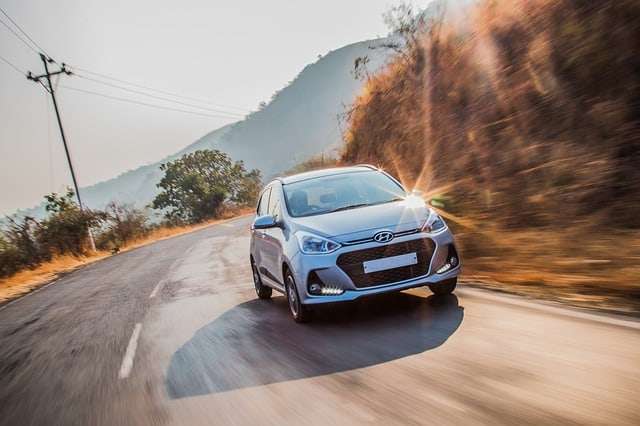
Now, anyone that has a vehicle parked on the street or out in the yard, needs UV protection cover. With the weather changes we are seeing, it’s become obvious that UV protection is needed in colder climates too.
UV rays are really bad for the paint job. In fact, I can’t think of many things that have a healthy relationship with UV rays. They are bad for everything. The sun oxidizes the paint and makes it fade away.
Covers that offer protection like this are treated with UV inhibitors. These inhibitors absorb the UV rays and then release them in a form that is not dangerous for the car.
Breathable Fabric
No matter the weather in your area, breathable fabric is a must. The thing is, you don’t want moisture to form or trap inside the fabric. This will quickly destroy the fabric, and in turn, the paint.
That’s why the fabric needs to breathe. Any moisture trapped inside will quickly be released. Again, breathable fabric is an industry-standard, so I don’t believe you will find a model that does not have it.
Water Resistance
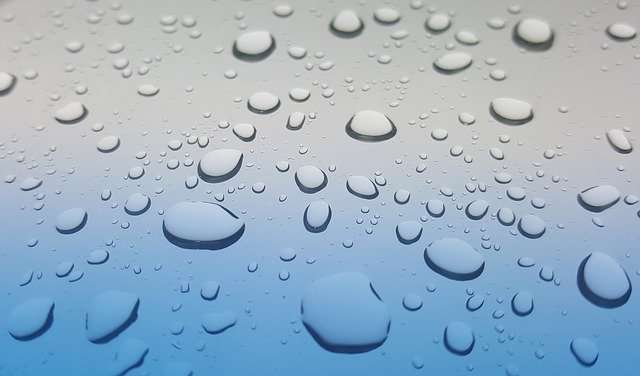
In my opinion, water resistance is for any weather. No matter where you are living, it rains at least once a year. So, if the cover is on the car, it will get wet.
And moisture is not something that goes well with the paint and the entire car. The cover will become heavier, and the moisture will increase the rate at which the paint corrodes.
A nice solution for this is a cover that has multiple layers of protection, water-resistance is included.
The same goes for parked cars that expect snow. The snow will melt in the end, making your cover and car exposed to potential damage.
Windproof
As expected, another feature related to weather conditions. Wind can also cause a lot of damage to the car. Of all the things that can ruin the paint, the wind is the most dangerous.
The thing is, the wind can blow the cover, move it left and right. I’m not saying that the cover will fly off. It’s just that all that moving around can scratch the car.
Also, if there is snow on the cover, wind may trap snow inside the over, so that’s that. Windproof covers have tight straps that make sure the cover stays intact and does not move.
Ding Protection
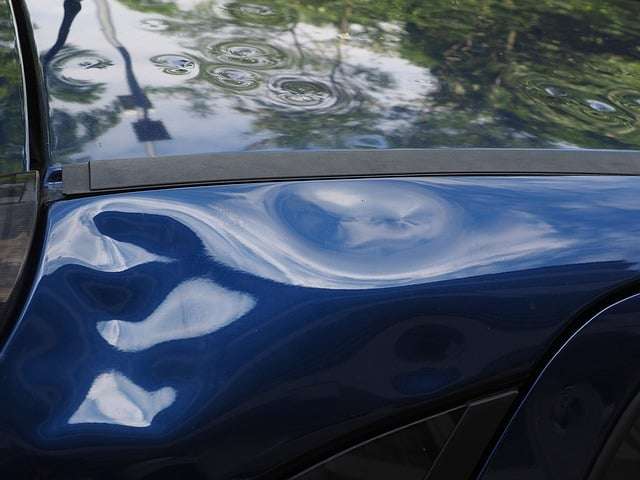
A car cover can save the car from dings sometimes. Obviously, the impact has to be minor, enough to cause a dent though. The cover can’t protect the car from big crashes.
This is a feature for vehicles that are parked near objects that may fall off or that are parked in traffic. Your car can still get damaged, even when in storage, so ding protection solves that.
Bird Droppings Protection
Lastly, you want a cover that won’t get damaged by tree sap and by bird droppings. Bird poop is acidic, so covers have an extra layer of protection. The materials are resistant to acid.
This is a nice feature if you are living in an area where street parking has big trees all around. Forget the bird droppings, leaves alone can cause cover damage.
What Car Cover To Choose
Now that you know the important stuff, we can talk about what you actually came here for. What is the right cover for my car?
Answering that question is simple, all you need to do is take into account where you park, the weather conditions in your area, and the type of car you have.
- Vehicles parked indoors.
You need an indoor, all-weather car cover. With elasticized edges for dust protection, and breathable fabric. Custom-fit is recommended to make sure the cover fits right. That way, there’s no way dust is getting inside the cover.
If you have a car that does not have a custom-fit cover available, see if they make orders. If it does not work out, go with a semi-custom fit. I don’t recommend universal fit. - Vehicles parked outdoors in an area with a lot of sunny days in the year.
If you fall under this category, a cover with UV protection is a must. Dust protection and breathable fabric. - Vehicles parked outdoors in an area with snowy days.
A cover with snow protection. Make sure you get a winter cover, otherwise it won’t be effective. - Waterproof covers are recommended for every outdoor cover.
- Vehicled parked under trees.
Aside from the must-have features, choose a cover that includes tree & bird droppings protection. - Vehicles parked in traffic & in a working area.
If there is a high chance that your car may be hit by something while parked, get a cover with ding protection. A padded car cover. - Custom covers are recommended.
If it’s not available, get a semi-custom fit. I don’t recommend universal fit car covers. Usually, a custom-fit model means a quality car cover.
Are Car Covers Bad For Your Car
I see that a lot of people consider car covers bad for the car. To be honest, a lot of people had bad experiences with car covers. But that does not mean that car covers are bad.
The problem is that some people do not choose the right covers. Sometimes they get bad features. They get a cover that is not water resistant, not expecting rain. And when it rains that one day, the cover is ruined and the car slightly damaged.
Other times, they just choose the wrong fit. I can’t stress this enough, none of the layers of protection will work if the cover does not fit the car right. That’s why custom-fit car covers are so important. I know that a custom fit car cover can be expensive but it’s worth it.
Related Questions And Other FAQs
Will A Car Cover Ruin My Paint
Car covers can cause paint damage. This happens when the cover is not a right fit, and when the cover does not have the needed layers of protection. As long as the cover is the right fit, and it’s effective, it won’t cause any damage.
Is A Car Cover Worth It
Yes, a car cover is worth it when you can’t afford a garaged parking space. Outside parking exposes the car to potential damage like UV rays, oxidation, bird droppings, theft, etc. A car cover protects the car when parked outside. A vehicle parked inside still needs a cover to protect against dust.
Do Car Covers Keep Car Cool
Yes, car covers keep cars cool, even when parked out in the sun. That is, as long as the cover has breathable fabric and UV protection.
